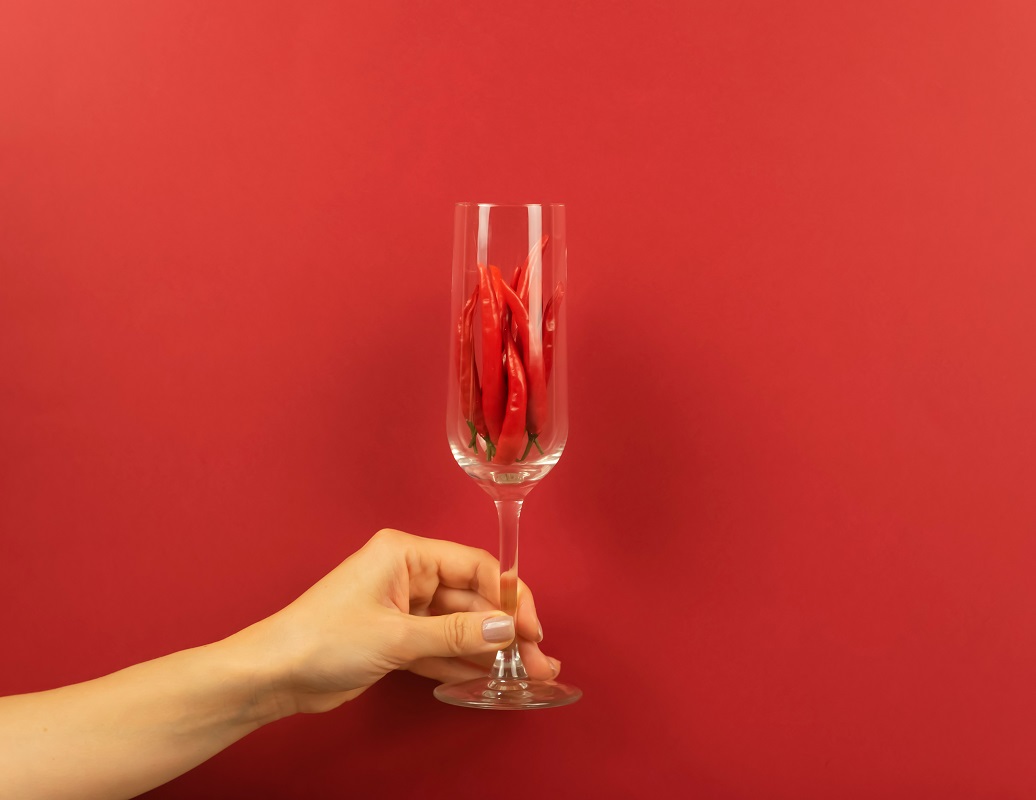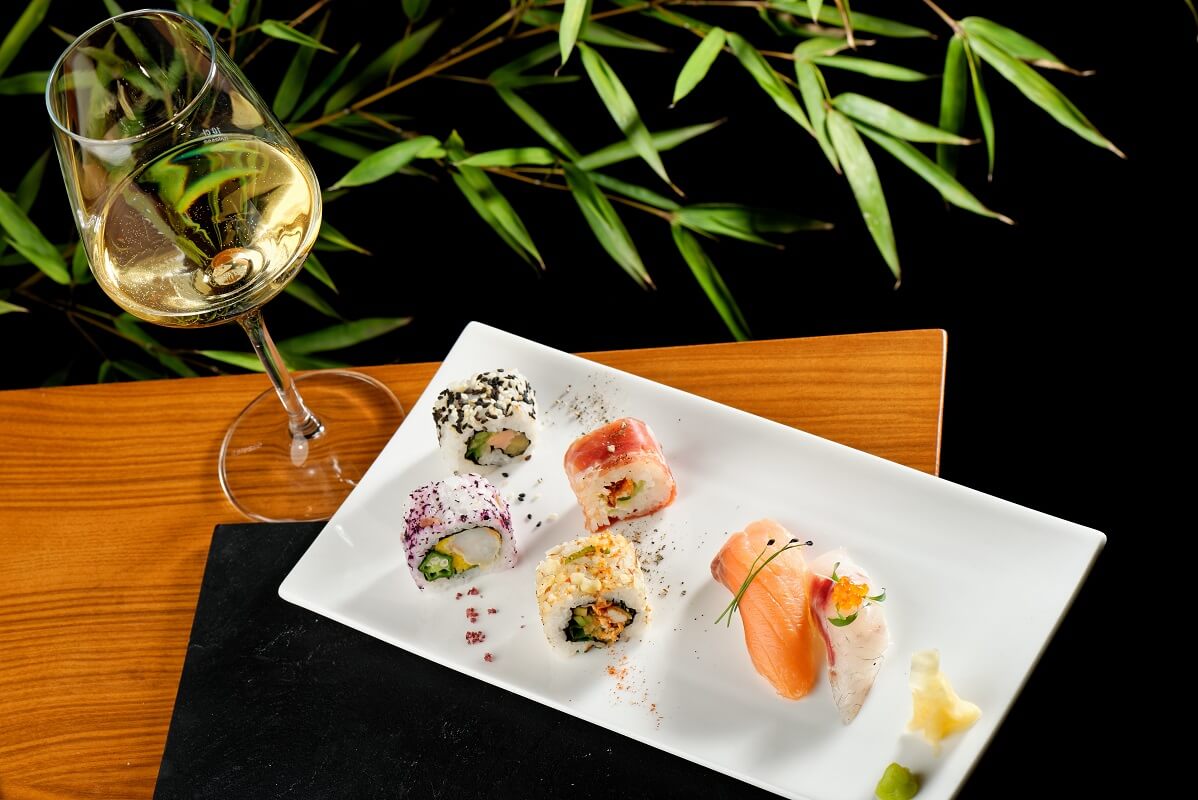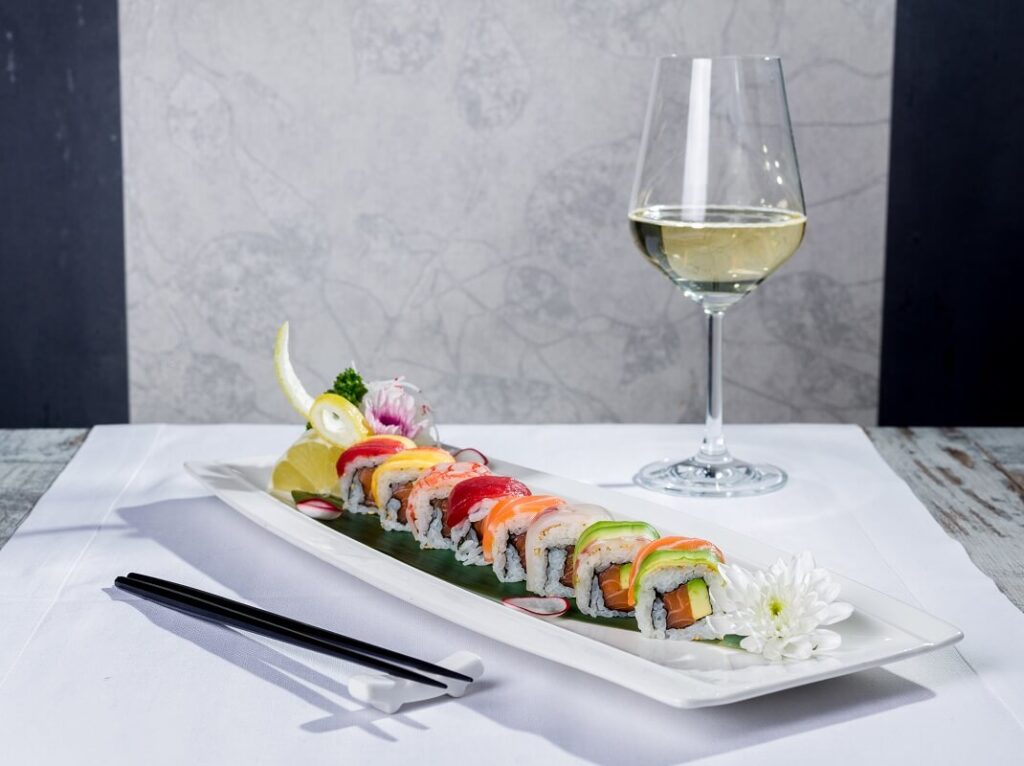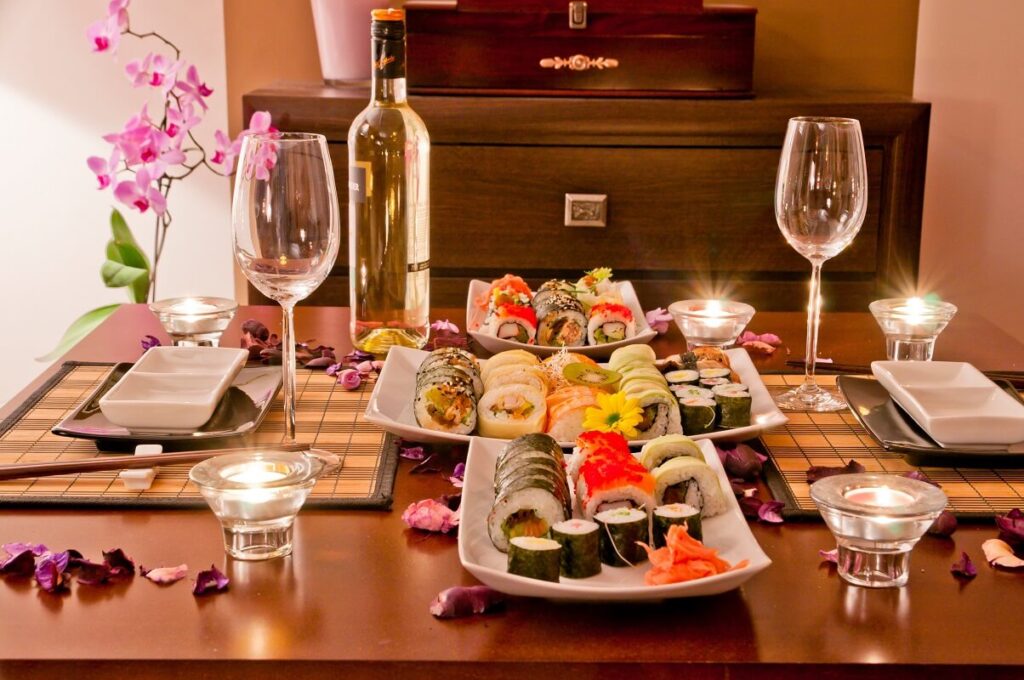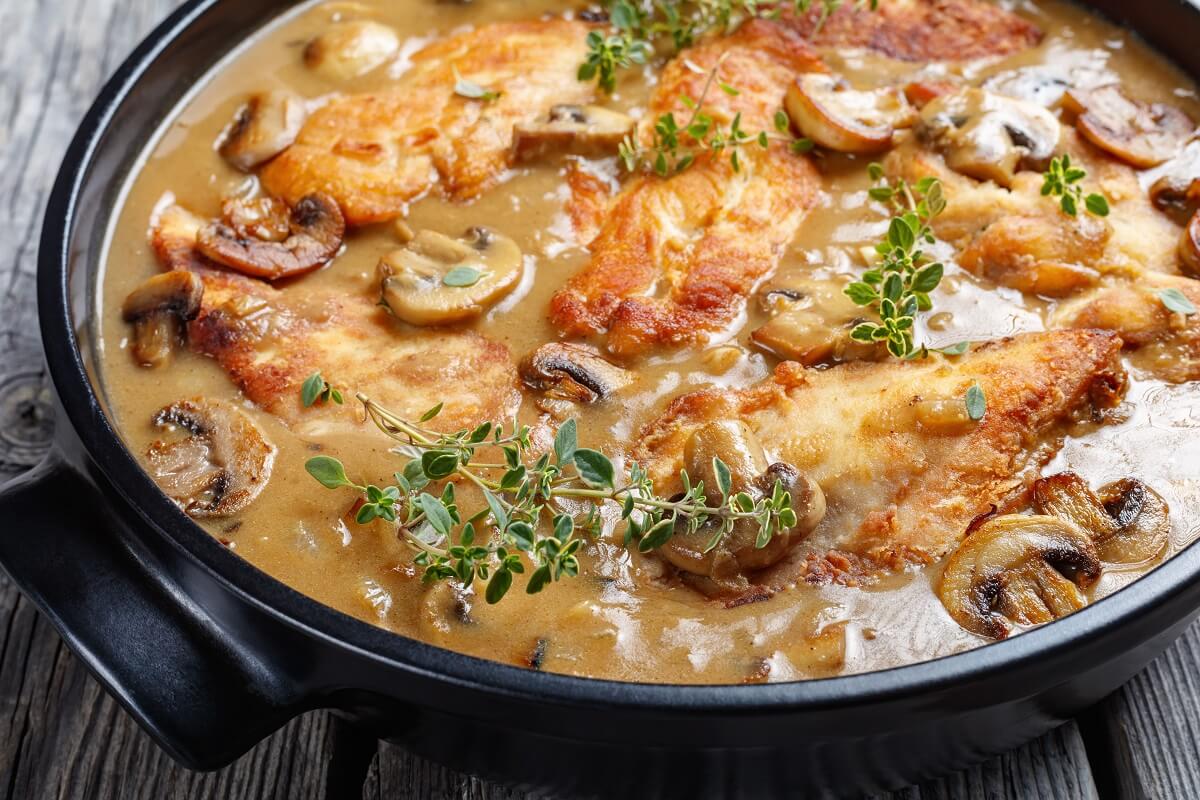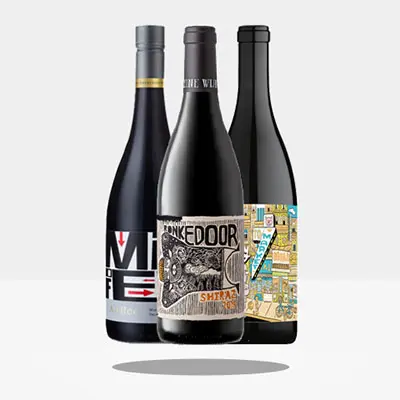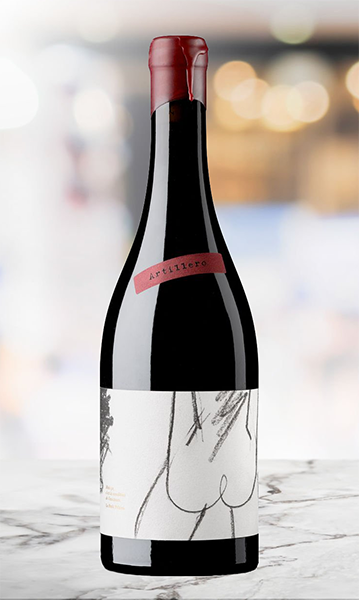Indian Food Wine Pairing
Wine and Indian food tandem isn’t as common as combining the grape drink with Italian, French, or Spanish cuisines. It’s no wonder. Due to the complex flavors and mind-blowing amount of various spices, pairing wine with Indian food can be extremely challenging.
Cumin, cayenne, coriander, clove, cinnamon, turmeric, tamarind, fenugreek, cardamom, and other Indian spices are real game-changers when it comes to creating taste combinations that are unlike anything found elsewhere on Earth.
To make a win-win choice, you should follow several rules for pairing wine with Indian dishes. So what should you consider, and what are the best wines to pair with your favorite Indian meals?
How Spicy Is the Dish?
Spice is really the icing on the cake when it comes to Indian cuisine. To counterbalance spice, you should pay attention to the three key points:
- choose wines with a lower content of alcohol
- wines must be served cool
- wines must have a bit of sweetness
If you are a fan, for instance, of the spiciest curry in the world, Phaal Curry, to prepare which chefs need to wear gas masks, then go for off-dry or sweet white wines. Due to their refreshing characteristics, Riesling or Gewürztraminer will be ideal for cutting intense spices before they make you sweat!
The above-mentioned wines also work perfectly well with other spicy Indian dishes like Andhra Chilli Chicken, Rista, Laal Maas, or Kohzi Curry.
Although it’s a common misconception to believe that all Indian food is tongue-scorching, that’s not entirely true.
Indian cuisine features a huge variety of flavors and spices, and you might be surprised to learn that not every dish contains a ton of red chili peppers. Garam masala, cumin, and coriander are some of the essential spices in Indian cooking, yet they don’t always pack a lot of heat.
Those Indian dishes that are on the milder side, such as Chicken Tikka Masala, Butter Chicken, or Korma, work best with dry wine options like a Chardonnay or a rich Bordeaux Blanc.
What is the Sauce?

The sauce is one more important element to consider when pairing Indian food and wines.
Sauces used in the main dishes are typically tomato-based, creamy-based, or green sauces.
Tomato-Based Sauces
Tomato-based Indian dishes are always at the top of the menu. These include well-liked Tomato Curry, Tomato Dal, Vindaloo Lamb, Dal Makhani or Paneer Makhni, Baingan Bharta, and many others.
For tomato-based dishes, pick high-acidity white wines or fruity rosé wines to complement the acidity of tomatoes. Chardonnay, Chenin Blanc, Zinfandel, and Shiraz are the best options.
Cream-Based Sauces
Chicken Tikka Masala, Korma, Butter Chicken, Mango Lassi, Pasanda, and other Indian dishes use heavy cream, butter, half-and-half, greek yogurt, and soy or coconut milk to form a thick sauce and soften the burning spices.
An Indian dish made with a cream-based sauce is considered a perfect partner for deeper red wine with medium tannins such as Carignan, Sangiovese, Cabernet Franc, and Barbera.
Green Sauces
To get a mouth-watering herbaceous sauce, chefs slow-cook leafy greens with creams, onions, and various spices. Cilantro Chutney or Green Chutney is the most popular Indian green sauce, usually served with savory dishes.
Green sauces match wines pretty well, especially white and sparkling ones with a slight green profile. Muscadet, Vinho Verde, Sauvignon Blanc, and Riesling will highlight the herbal element in the dishes making your feasting experience unforgettable.
What is the Protein?
Just like with any other cuisine, depending on the protein in your dish, your wine choice will differ.
For example, full-bodied reds with a rich mouthfeel will perfectly match meat curries and emphasize the generosity of meat. Shiraz blends and Cabernet blends will hit the mark.
Seafood and vegetable curries, by contrast, pair quite well with the mouth-watering acidity and fruitiness of a Pinot Grigio or Gewürztraminer.
Still, don’t forget to consider the sauce and spice level when making your choice.
The Most Popular Indian Food and Wine Pairings to Try
Even though a grape drink typically isn’t the first thing that comes to mind when thinking about Indian food, wine lovers are everywhere! So check out the most well-liked Indian food and wine pairings.
Chicken Tikka Masala and Pinot Grigio
A creamy tomato sauce-based dish, Chicken Tikka Masala is one of the most popular Indian dishes. Apart from tomato puree, coconut cream, and butter, the sauce includes a bunch of spices like cardamom, cumin, garam masala, ground coriander, and turmeric.
The most well-liked wine with Chicken Tikka Masala is Pinot Grigio. The wine has high acidity, so it will cope with the acidity of tomatoes. Also, due to its strong flavors, Pinot Grigio won’t get overpowered by the sauce.
Alternatively, you can pick Riesling and Gewürztraminer, which also perfectly fit the bill.
Saag Paneer and Sauvignon Blanc
Saag Paneer is the best-known vegetarian Indian dish made of paneer ( Indian cheese,) mature fresh or frozen spinach, gravy, onions, and a mixture of various spices such as cumin, black pepper, garam masala, coriander, ginger, garlic, and ground turmeric.
The “green” herbal flavors and racy acidity of Sauvignon Blanc will cut through the richness of the Indian cheese providing you with a real taste pleasure. If you are a red wine lover, then Cabernet Sauvignon is another good option.
Chicken Vindaloo and Grüner Veltliner
If you are among those daredevils who prefer dishes with an extra spicy level, like Chicken Vindaloo, then you’ll need to pick a sweet wine with a lower alcohol content.
The spice level that forms mainly from the chili and vinegar base of the dish will pair well with Grüner Veltliner. This combination will allow you to enjoy all the ingredients in the spicy curry and help avoid (or at least lessen) the mouth-burning sensation.
Dal-Chawal and Chenin Blanc
Rice dishes are a separate gastronomy galaxy in Indian cuisine. Dal-Chawal, which translates to “lentil rice,” is one of the brightest representatives.
A creamy lentil and rice meal is extremely rich and delicious. It’s made with cooked lentils in a curry or soup-like consistency, with various spices like turmeric, cumin, ghee, mustard seeds, etc.
The best pair for the comforting Dal-Chawal is the white wine Chenin Blanc, which has a higher acidity and a light flavor. Besides adding a burst of flavor to the dish, it will cut through the buttery texture and help bring out the savory side of your meal.
What About Desserts?
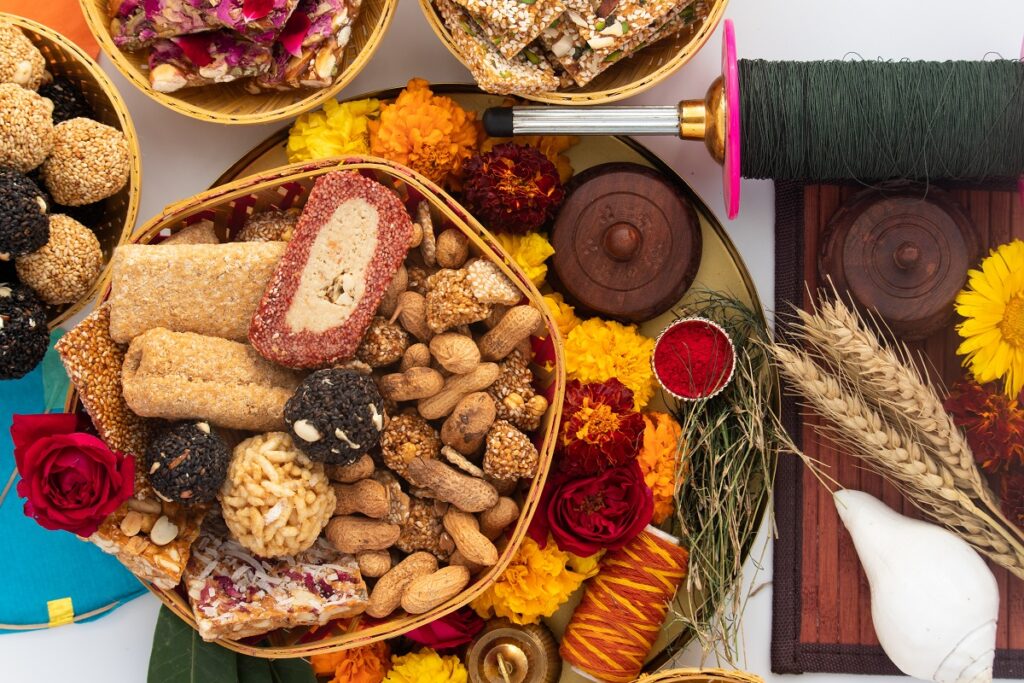
By no means could we skip a sweet part. What brings Gulab Jamun, Kulfi, Modak, Khaja, Rasgulla, and other Indian desserts together? They are very, extremely sweet.
Avoid wines with too oaky or smoky flavors. On the contrary, choose fruity ones that are subtly sweet.
One of the great options to pair with the rich and fairly complex Indian desserts is Chenin Blanc.
Depending on your dessert’s sweetness level, combining it with many- times-mentioned Gewürztraminer is also a no-lose choice. Just keep it sweet!
The Bottom Line
Due to the significant number of various spices and sauces, Indian cuisine is highly versatile. Though it may seem a bit challenging, pairing wine with Indian food is more than possible.
To hit the target, you need to keep several things in mind. First, the level of spiciness. If you are a fan of tongue-scorching food, then off-dry or sweet white wines like Riesling or Gewürztraminer will be an ideal choice.
If you prefer less spicy dishes, then go for dry options like a Chardonnay or a rich Bordeaux Blanc.
Also, don’t forget to consider sauces and proteins when making a choice. As for the extra-sweet Indian desserts, Chenin Blanc should hit the spot.

